Iowa Department of Education
News Release
Feb. 10, 2017
Contact: Staci Hupp
Impact contributed $5.4 billion in income, equivalent to creating 107,170 new jobs
DES MOINES – Iowa’s community colleges provide a solid return on investment for both students and the state, according to a statewide analysis of the colleges’ economic impact. The newly released study, Analysis of the Economic Impact and Return on Investment of Education, found that Iowa’s community colleges collectively contributed $5.4 billion into the state’s economy and supported 107,170 jobs - roughly 6 percent of all jobs in Iowa - during fiscal year 2014-15.
The independent study, conducted by Economic Modeling Specialists International (EMSI), utilized academic and financial reports from the community colleges, as well as earnings and employment outcomes data from the Iowa Department of Education and Iowa Workforce Development.
“In addition to enrolling nearly 150,000 students each year and preparing them to meet the state’s workforce needs, Iowa’s community colleges have a significant impact on the business community,” Iowa Department of Education Director Ryan Wise said. “This economic impact generates a return on investment for students, taxpayers, and society.”
The alignment of education, workforce and economic development efforts is key to the Future Ready Iowa initiative launched in 2015 by Gov. Branstad and Lt. Gov. Reynolds. The initiative calls for 70 percent of Iowans to have education or training beyond high school by 2025 to ensure Iowa’s workforce is equipped with the skills and education employers need.
“From manufacturing to healthcare, Iowa’s community colleges train and prepare the talent for growing, high-demand industries that are driving Iowa’s economy,” Iowa Workforce Development Director Beth Townsend said. “This report confirms the important role that Iowa’s community colleges play in strengthening Iowa’s talent pipeline and preparing a future-ready workforce.”
Among the study’s findings:
• During the analysis year, past and present students generated $4.6 billion in added income for the state, which is equivalent to supporting 87,905 jobs.
• The top industries impacted by Iowa’s community colleges include health care and social assistance; manufacturing; finance and insurance; and construction.
• For every dollar of public money invested in Iowa’s community colleges, $3.50 in benefits is returned to taxpayers and the average annual rate of return is 10.4 percent.
• For every dollar that a student spends on a community college education in Iowa, that student receives $6.50 per hour in higher future income with an average annual rate of return of 25.3 percent.
• The average associate degree completer will see an increase in earnings of $9,500 each year when compared to someone with a high school diploma or equivalent. Over a working lifetime, this increase in earnings amounts to an undiscounted value of approximately $418,000 in higher earnings.
• The total benefits to society, which include increased lifetime earnings, associated increases in business output and social savings, equal $15.2 billion (in present value form).
“We are pleased that this study confirms the positive effect Iowa’s community colleges have on the state,” said Jeremy Varner, division administrator for the Iowa Department of Education’s Division of Community Colleges and Workforce Preparation. “Iowa’s community colleges not only expand economic opportunities for students, they are key drivers of the state’s economy.”
The income that Iowa’s community colleges and their students added to the state’s economy, $5.4 billion, is equal to 3.3 percent of the state’s Gross State Product, which is equivalent to creating 107,170 new jobs.
To read the full report, visit the Iowa Department of Education’s website.
# # #
